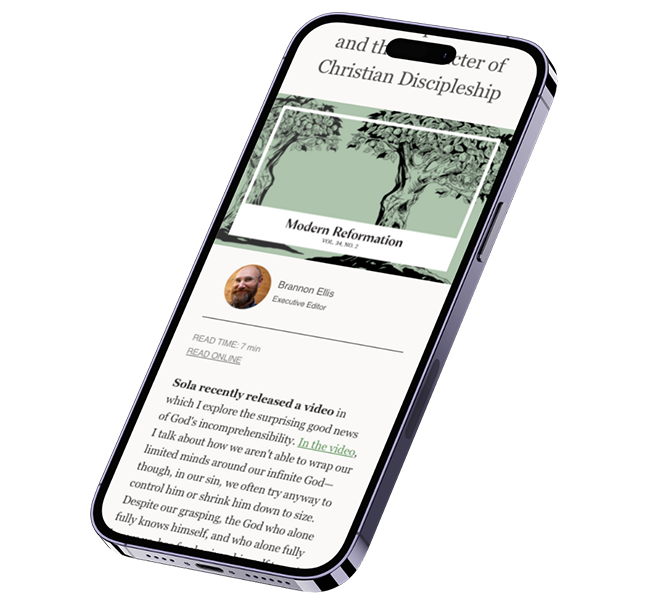In the mid-third century, King Ptolemy II, a known bibliophile, requested from Eleazar, the high priest of Jerusalem, a copy of “the Law of the Jews” for the library of Alexandria. According to the Letter of Aristeas, six translators were commissioned from each tribe for a grand total of seventy-two translators. They labored seventy-two days, “making each detail agree by comparisons with each other” (Aristeas §302), and produced what is believed to be the first translation of the Hebrew Law.
Though most scholars today dispute the historicity of this account, the legend supplies the (rounded) term for the Greek Scriptures still in use today: the Septuagint (from the Latin septuaginta, meaning “seventy”) and its abbreviation, LXX (70).
Today, despite centuries of second-class status in the West, the Septuagint is being rehabilitated. This is due to the discovery of the Dead Sea Scrolls, which proved incontrovertibly that the Septuagint reflects either an alternative Hebrew tradition (sometimes earlier than the Masoretic—the medieval Hebrew text on which most modern English Bibles are based) or offers an early interpretation of the Hebrew tradition preserved in the Masoretic.
There are thus two primary questions that accompany the Septuagint. The first is text-critical: To what extent can the Septuagint help establish an edition of the Bible closer to the original autographs? The second is ecclesial: To what extent can it be said that the Septuagint is “the Bible of the Christian Church” and the basis of her theology and worship?
Edmon Gallagher’s Translation of the Seventy is necessary reading for anyone interested in the latter question.
This work is divided into three sections. In the first section, Gallagher provides a general introduction to the Septuagint. He includes useful information often foregone by other introductions—such as an overview and comparison of translations of the Septuagint available in English. He also thoroughly explores the origins of the Septuagint according to both ancient Jews and modern scholars. Among his insights here is that, in the ancient Jewish mind, the Septuagint comprised only the first five books of the Old Testament commissioned to be translated by King Ptolemy II, as told above. According to all sources, from the Letter of Aristeas, to Philo, to later Talmudic writings, the Septuagint meant for an ancient Jew the Greek Torah produced by the seventy-two translators in Alexandria. Eventually, the entire Old Testament would be translated into Greek, but only the first five books were the “Septuagint.” Early Christian writers would expand the term “Septuagint” to include the entire Greek Old Testament, even those books not translated by “the seventy.” This brings into doubt whether there was a Septuagint, as such, in the first century, and whether the New Testament writers would have thought of the Greek translations of the Scriptures they consulted and quoted from as the “Septuagint.”
Section two corrects many misconceptions or false assumptions about the Septuagint, both popular and academic. Among these, Gallagher refutes that the Septuagint had any bearing on the development of the biblical canon: Some scholars argue that the use of the LXX by early Christians led them to accept the deuterocanonical books, or apocrypha, as Scripture, given that these books were often included in surviving codices of the LXX and not in Hebrew codices. A key part of Gallagher’s refutation is his challenge of a common but baseless assumption: namely, that because an apocryphal book—say, Tobit—was included in a codex alongside canonized books, this must mean Tobit carried the same canonical status. This, Gallagher insists, does not follow. As seen in Qumran, it was commonplace for canonical books to be thrown together with apocryphal books with nothing in the way of their organization (or storage) to tell them apart, even if the reading communities to which these books belonged understood a difference between them. Such collections tell us only what these communities read, both canonically and non-canonically.
Section three is both the longest and the most illuminating. It is this section that will make Gallagher’s work required reading for those seeking to answer the question: Which Bible is the Christian Bible? To be sure, Gallagher’s work reinforces the fact that the LXX carried enormous influence in the earliest centuries of Christianity. It was the favored translation of Origen of Alexandria and Augustine of Hippo, the two largest theological giants of the first four centuries, but its greatest impact was on the New Testament writers themselves. The majority (though not all) of Old Testament quotes in the New Testament are taken from the Greek translation of the Scriptures, not the original Hebrew. “A single hour lovingly devoted to the text of the Septuagint,” writes Adolf Deissmann, “will further our exegetical knowledge of the Pauline epistles more than a whole day spent over a commentary.”[1] What Deissmann says of the Pauline epistles applies to all of the New Testament: reading from the Septuagint can help us better exposit New Testament writings. Is this pedigree among the apostolic writers and the Church Fathers, then, sufficient to answer the question?
Gallagher carefully combs through the writings of many early Church Fathers, giving special treatment to Origen, Jerome, and Augustine: each of whom engaged in extensive text-critical work. At no point was there an attempt to wrench the LXX from its parentage, the Hebrew. The Fathers seem to stress, rather, that the LXX agrees with the sense of the Hebrew, if not always the wording; thanks to Origen, the Fathers were aware of the divergences between the two. Moreover, all three Fathers agreed the LXX did not exist in opposition to the Hebrew, but that “the LXX was valid insomuch as it represented in Greek what was contained in the original Hebrew text” (261). The impression one takes away is that there was no such thing as an “official” translation of the Bible in the Christian tradition.
[1] Adolf Deissmann, quoted in Timothy Law, When God Spoke Greek (Oxford: Oxford University Press, 2013), 99.



